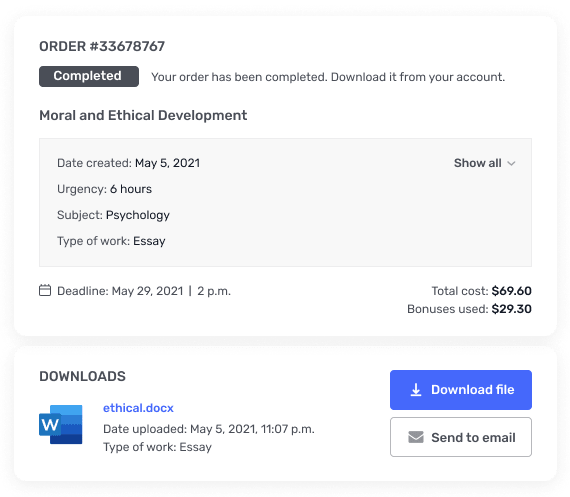Which of the following organ stores bile
Week 91. Which of the following organ stores bile?spleenstomachgallbladderpancreassmall intestine2. The small intestine is divided into the duodenum, jejunum, and ___.sigmoidfundusileumpyloruscecum3. Mastication of food is an example ofingestion.secretion.absorption.chemical digestion.mechanical digestion.4. Which of the following is an accessory organ of the digestive system?esophagusstomachcecumpancreasduodenum5. The mucosa of the large intestine contains cells that absorbmonosaccharides.triglycerides.water.amino acids.disaccharides.6. Which of the following is not a function of the large intestine?mucus secretionformation of feceswater absorptionbacterial fermentationdigestion of lipids by intestinal lipase7. Secretion of saliva is controlled bythe uvula.hormones from the tongue’s papillae.the autonomic nervous system.the chemical composition of the foods eaten.8. Which of the following includes all the components of gastric juice?hydrochloric acid and pepsinogenmucus and enzymesmucus, intrinsic factor, hydrochloric acid, and pepsinogenmucus, hydrochloric acid, and enzymes9. The pancreatic aciniproduce glucagon.form the pancreatic duct.constitute the exocrine portion of the pancreas.are considered a type of endocrine gland.10. Which small intestine enzyme and function is mismatched?sucrase: digests sucrose into glucose and fructosepeptidase: digests proteins into amino acidsribonuclease: digests DNAlactase: digests lactose into glucose and galactoseWeek 101. Which statement does NOT describe a mineral?Minerals help regulate enzymatic reactions.The mineral sodium is involved in the generation of nerve impulses.Minerals are organic nutrients generally concentrated in the skeleton.Minerals such as calcium, iron, and magnesium are part of some coenzymes.2. Water-soluble vitaminsare absorbed from the digestive tract with dietary lipids.are excreted in the urine if there are excessive quantities in the body.tend to be stored in the liver.include vitamins A, D, E, and K.3. The function of proteins in lipoproteins is toallow the lipids to be more readily catabolized.convert lipids into triglycerides.help the lipoproteins dissolve in body fluids.alert the body to break down lipids for energy production.4. During metabolism,enzymes serve as catalysts to speed chemical reactions.some enzymes require the presence of an ion such as calcium, iron, or zinc.anabolic reactions use more energy than they produce.All of these answer choices are correct.5. The balance between heat production and heat loss is controlled by theadrenal medulla.liver.kidneys.hypothalamus.6. Which of the following vitamins are not absorbed along with dietary lipids?Vitamin AVitamin CVitamin DVitamin EVitamin K7. The chemical breakdown of one glucose molecule into two pyruvic acid molecules is called ___.lipolysisglycolysisketogenesisoxidative phosphorylationglycogenolysis8. The Krebs cycle occurs in this organelle.nucleusribosomeendoplasmic recticulummitochondrionGolgi complex9. Which of the following is NOT a mechanism of heat loss?propagationradiationconductionconvectionevaporation10. Chemical reactions that break down complex organic compounds into simple ones are called catabolic reactions.TrueFalse




